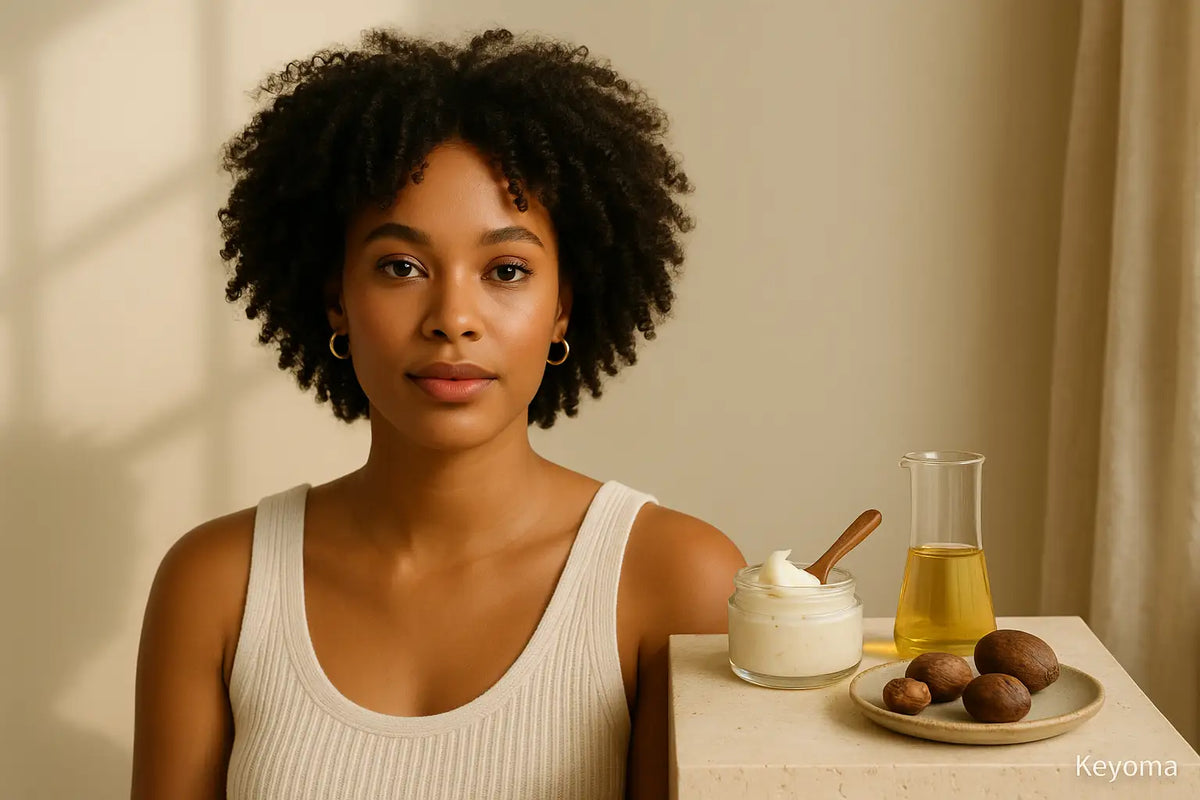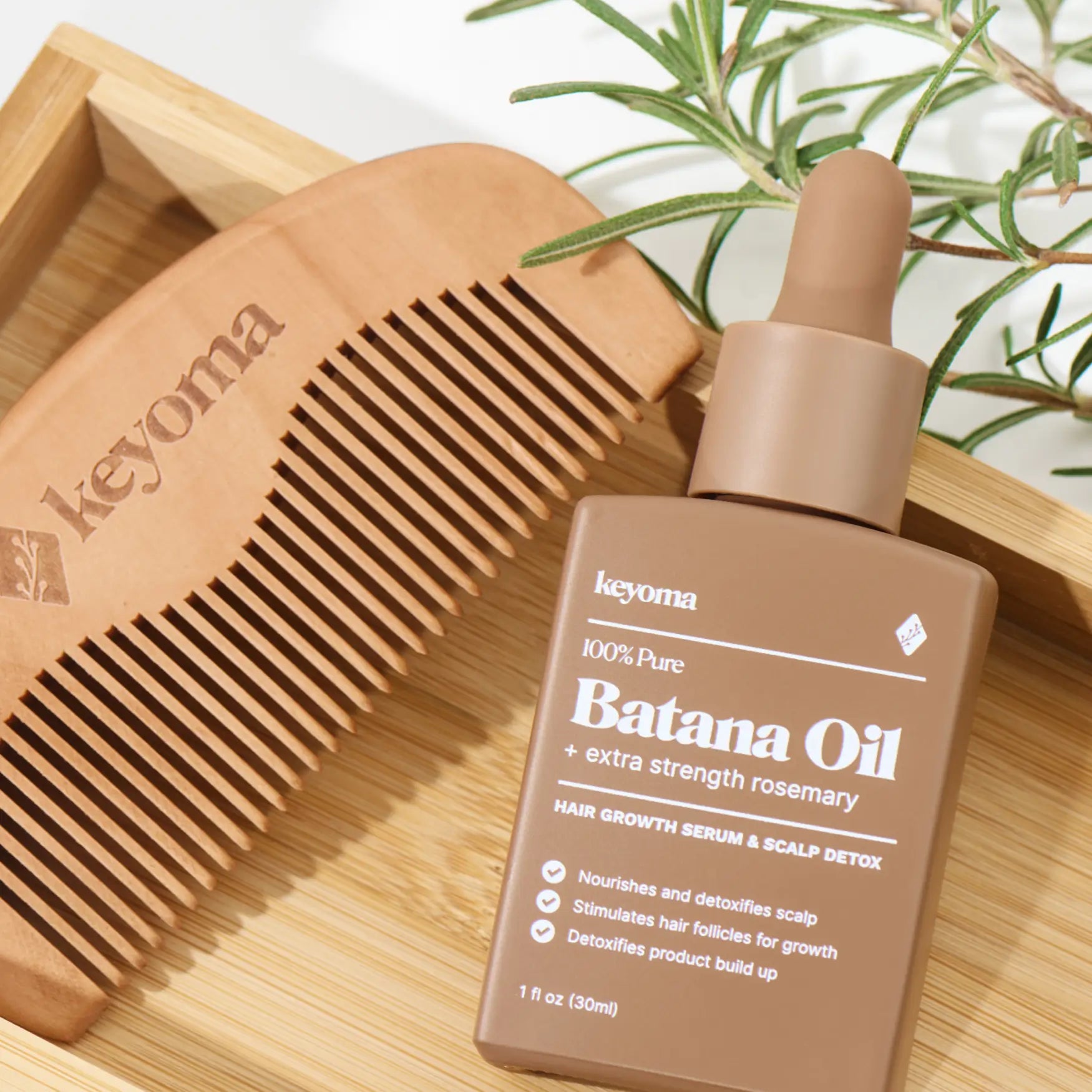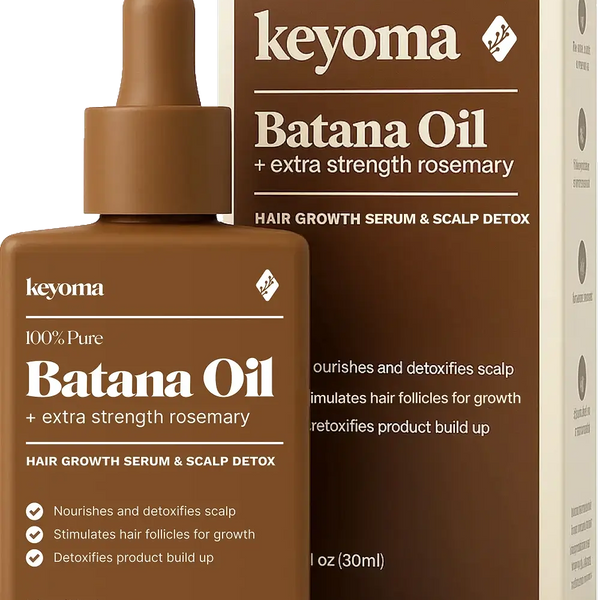In this article
A rich, buttery ingredient like shea butter practically begs to be smoothed through hair. It softens to a silky balm in your hands and seems made for damp strands. Looking beyond the texture helps explain why this ingredient is so appealing in hair care.
Key Takeaways
-
Shea butter moisturizes hair and scalp, seals in moisture, smooths frizz and split ends.
-
Anti-inflammatory and antimicrobial properties soothe irritation, reduce dandruff, without clogging pores.
-
Antioxidants and fatty acids protect from pollutants and UV, decreasing dryness and breakage.
-
Use sparingly as mask or leave-in, patch test, avoid buildup by cleansing thoroughly.
What Is Shea Butter?
Shea butter, or karite, is a natural fat from the nuts of the shea tree in West Africa. Communities there have used it for centuries in food, skin care, traditional remedies, soaps, and shampoos. It has more recently become popular across North America for wide-ranging beauty uses.
Rich in vitamin a, vitamin e, and vitamin f, plus essential fatty acids and antioxidants, African shea butter offers hydrating and soothing benefits. It can help with dry hair and calm an itchy scalp.
Coconut oil can be helpful for hair too, but not everyone responds to it the same way as they do to shea butter.
For some, coconut oil feels too greasy or can irritate the scalp. Raw shea butter, by contrast, can act as a gentle yet effective moisturizer that nourishes both hair and scalp.
How Shea Butter Benefits Hair Growth
People use shea butter for many skin and hair purposes. It can improve texture so hair looks healthier and feels softer. The points below highlight how it supports everyday hair care.

Moisturizes Hair and Scalp
Vitamins A and E, along with stearic and linoleic fatty acids, give shea butter emollient qualities. It moisturizes and nourishes the hair and scalp without leaving a greasy look.
Acting as a sealant, shea butter coats the hair to lock in moisture. That’s especially useful for dry or coarse textures, helping reduce frizz, limit split ends, and keep a glossy finish.
Explore these different ways on how to moisturize your dry hair.
Soothes an Irritated Scalp
Shea butter contains amyrin, a compound noted for anti-inflammatory activity. Those properties can ease redness and irritation on the scalp while remaining non-pore-clogging. It may also calm inflammatory conditions like scalp eczema or psoriasis that can interfere with growth.
Reduce Dandruff
Because shea butter shows antibacterial and antifungal effects, it can help manage dandruff. Flakes often stem from irritation and excess oil that encourages a yeast-like fungus, or from dryness and accumulated dead skin on the scalp.
Did you know that you can use reduce your dandruff naturally?
Prevent Hair Breakage and UV Damage
Beyond skin, shea butter’s protection extends to hair. It contains antioxidants such as quercetin, epicatechin, gallate, gallocatechin, and epigallocatechin that help defend against pollution and sun exposure, which can dry hair and increase breakage.
Shea butter also has a small amount of SPF, offering a light barrier against UV rays at the follicle level. Its high fatty acid content helps reduce breakage and soothe split ends caused by environmental stress.
May Support Hair Growth
Packed with fatty acids, vitamins A and E, plus calcium, iron, magnesium, and zinc, shea butter supports overall hair health. It also contains triterpenes that can encourage collagen production, which in turn helps build and strengthen keratin, the main hair protein.
Collagen provides amino acids that support stronger follicles and a more elastic dermis. Keeping the dermis healthy can reduce thinning and help maintain fuller-looking hair. Knowing hair’s structure makes it easier to decide which ingredients to use and which to skip.
Potential Side Effects and Risks

Most people tolerate shea butter well, though a patch test is wise to rule out allergies. Use it in moderation, since heavy application can lead to product buildup and clogged pores on the scalp. Overuse may leave hair looking flat and greasy.
How to Use Shea Butter on Your Hair
With shea butter, less is often more. It’s easy to apply too much because it doesn’t spread like a liquid oil. Keep amounts small, and do a patch test first to see if it suits you.

Mix It With Other Products
Want a quick custom treatment? Blend a little shea butter into your conditioner or mask. This mix helps smooth hair while reducing frizz, tangles, and dull areas.
Apply It as a Hair Mask
For a simple weekly option, use shea butter in the shower and rinse it out afterward. Wash with a mild shampoo. Choose cleansers that can thoroughly lift residue from the scalp, rather than relying on sulfate-free co-washes, to prevent buildup.
Apply generously to clean, damp hair, cover with a shower cap, and leave it on for at least 30 minutes before rinsing. I found thirty minutes under a cap softened my coarse ends noticeably. Finish with a careful rinse so hair feels conditioned, not heavy.
Explore different hair masks you can DIY.
Use It as a Leave-In Treatment
For a leave-in, smooth a pea-size amount onto damp or dry hair, focusing on the ends and any dry-prone sections.
Whip It for Easier Application
Unrefined shea can be firm, but whipping makes it easier to scoop and spread. Mix whipped shea with a carrier like coconut oil to keep it softer. The result is a fluffy, ultra-moisturizing blend that leaves hair with a healthy sheen.
Explore Different Natural Hair Care Routine With Keyoma
Treat shea butter like a seal that works only when water is already there. Melt a pea-size in your palms, press into damp ends, and stop as soon as the surface feels smooth.
The non-obvious win is pairing, not piling: blend a little into a water-based conditioner, then wash with a mild shampoo after mask days so slip stays but buildup does not. If hair feels heavy or your scalp shows tiny bumps, you are overdoing it.
Space applications and clarify. Patch-test first on sensitive skin. Shea butter is rich and slow to spread, so less beats more; whip it if you need to glide.
Learn exact amounts, mix-ins, and clarifying cadence in the Keyoma Hair Care blog.
Featured Product
100% Pure Batana Oil + Rosemary









